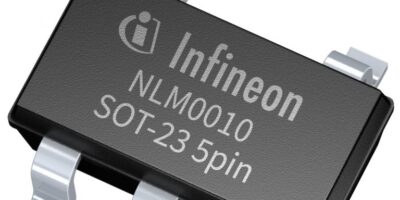Adlink Edge IoT software enables industrial customers to access AI and drive real time decision making at the edge, says the company, adding that this optimises operational efficiency
Adlink Edge can quickly and securely connect, stream and control operational data – regardless of what industrial equipment, systems, databases or cloud platforms are already used, says the company. Lawrence Ross, general manager of Software & Solutions at Adlink explained: “Using that data our end-to-end industrial IoT solution enables rapid, real time intelligent decision-making empowered by AI, analytics tools and machine learning . . . partners and customers can quickly find and use the data . . . whether their objectives are optimising efficiency, predictive maintenance or identifying new business models.”
Target applications are automating warehouse logistics with smart scanning, enabling predictive maintenance, optimising efficiency with machine condition monitoring, machine vision and machine learning, enabling automation and reducing time to market, reducing downtime and optimising efficiency and enabling smart remote monitoring.
No programming is necessary, so Adlink can quickly connect previously unconnected operational equipment, sensors and devices. By tapping into native communication protocols, data can be captured and streamed at the edge. From the edge, this data can then be streamed securely between devices – databases and to the cloud, enabling analysis and easy visualisation to inform decisions and optimise operations in real time.
Adlink Edge is deployed via the company’s innovative Digital Experiments methodology which can include hardware, software and support elements for easy integration with any existing IT and OT system.
Users are also able to benefit from IoT expertise within Adlink’s ecosystem which includes AWS, Microsoft Azure, Google, Thingworx, IBM Watson, FogHorn, Intel and SAS.
Adlink Edge is built upon the Adlink Data River which simplifies complex data network programming and enables data to flow freely, but securely, to and from any cloud analytic platform database and between devices, databases and the cloud.
The Adlink Data River is trusted within the military and aerospace industries to deliver mission critical data securely in real time, Adlink notes.
ADLINK Edge™ also includes the Adlink Marketplace containing apps which are connectors enabling third party services to translate between devices and applications, or devices and peer devices. Also integrated is the Adlink Profile Builder tool which helps users configure and deploy all the apps to communicate with end-points, devices or applications into the platform deployed across a customer’s ecosystem.






